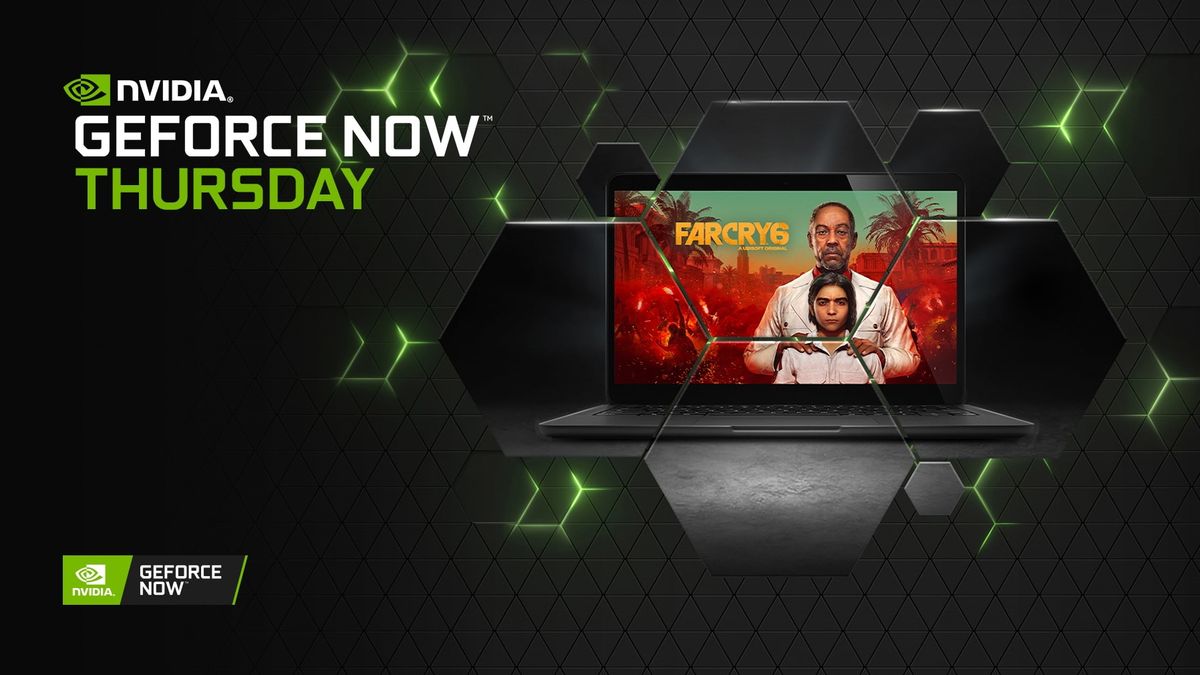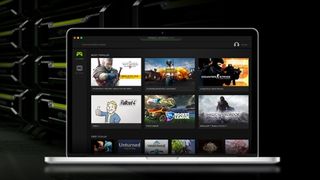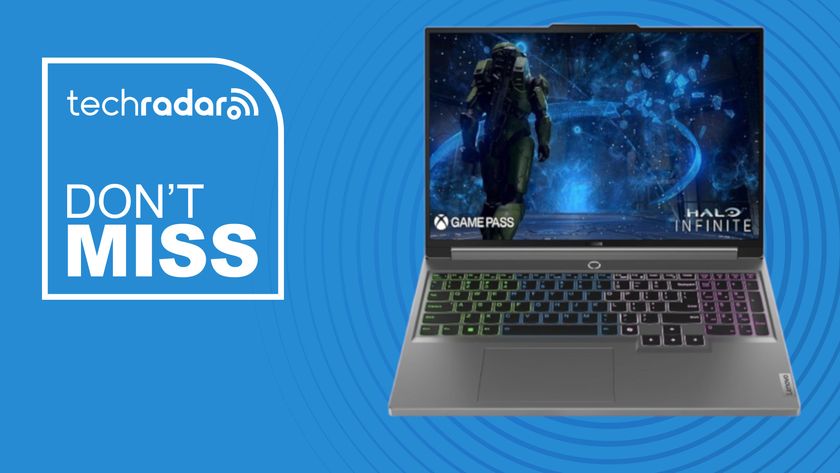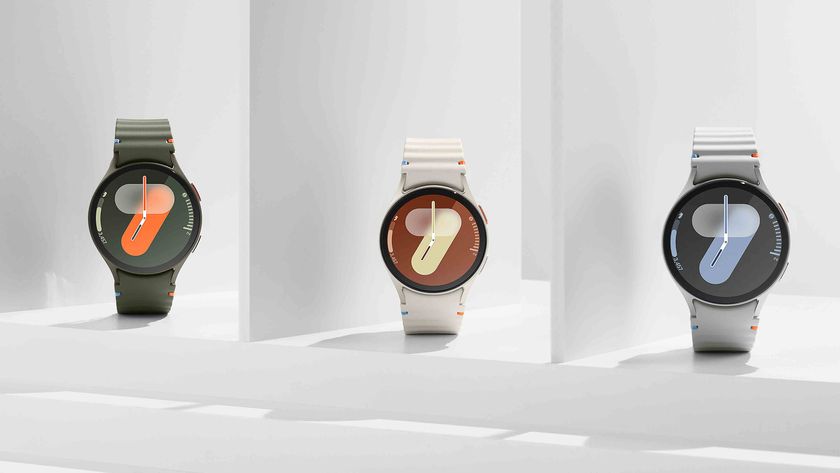Nvidia GeForce Now turns MacBooks into gaming laptops
Also adds Ubisoft account linking

Nvidia GeForce Now has just got a major update that makes it run even better on Macs, potentially turning any MacBook into a gaming laptop.
GeForce Now is Nvidia’s cloud streaming service, which allows you to play games hosted on a remote PC on almost any device either through a web browser, or via the GeForce Now app. We’ve been incredibly impressed with the service, including the new RTX 3080 subscription tier, which allows you to play modern games with advanced graphical effects such as ray tracing on devices that usually wouldn’t be able to run those games – such as smartphones, older laptops and Chromebooks. All you need is an internet connection.
The GeForce Now app is also available for Macs, delivering games that wouldn’t normally run on Apple’s hardware, and the new 2.0.36 update brings improvements for Mac gamers.
Crucially, GeForce Now will now run games in the correct aspect ratio for Apple’s excellent MacBook Pro 14-inch (2021) and MacBook Pro 16-inch (2021) devices.
Pretty much all MacBooks, including the MacBook Air (M1, 2020), can now run games at 1600p, with a powerful Nvidia RTX 3080 GPU effectively powering them if people subscribe to the new RTX 3080 subscription tier, which costs $99.99 / £89.89 (around AU$140) for six months.
There’s also a cheaper ‘priority’ tier for $49.99/£44.99 (around AU$70) which offers resolutions up to 1080p, as well as a free tier with less powerful hardware and a game session limit of one hour.
This means you can play games like Cyberpunk 2077 with ray tracing effects on a MacBook – something you can’t usually do. As MacBooks use a slightly different aspect ratio and resolution compared to gaming laptops, this new update should make games look even better on Apple’s devices.
Get daily insight, inspiration and deals in your inbox
Sign up for breaking news, reviews, opinion, top tech deals, and more.
Smoother Ubisoft gaming
There’s also good news for people who play a lot of Ubisoft games such as Far Cry 6 and Assassin’s Creed: Valhalla, as you can now link your Ubisoft Connect account to GeForce Now, like you can also do with Steam.
This means you don’t have to log in to individual Ubisoft games when launching them through GeForce Now. This will make launching Ubisoft games a lot smoother, and is certainly a welcome change.
Another nice thing about GeForce Now is that all games are kept updated, so you won’t be faced with a big download when you want to play, unlike when gaming on your own PC.
Analysis: Cloud gaming gets serious

When Nvidia announced it was getting into cloud gaming, we were excited. Not only does the company have a long history with gaming hardware, especially graphics cards, it's also a big player when it comes to servers. This combo had the potential to seriously rival other cloud gaming offerings, such as Stadia from Google and Microsoft’s Xbox Cloud Gaming.
In fact, Nvidia GeForce Now has been even more successful than we’d hoped. We’ve tried out the new RTX 3080 subscription tier, and have been very impressed with how it brings immersive AAA gaming to a diverse array of devices that wouldn’t normally be considered gaming machines.
Games look good and run well, and by bringing games to more affordable devices, or machines that people already have in the house, GeForce Now can help more people access games that they may not have been able to before.
So, the fact that Nvidia is continuing to improve GeForce Now is great news. By allowing MacBooks to essentially become gaming laptops for little extra money could also bring a whole new audience to some of the best PC games out there.
- These are the best gaming laptops

Matt is TechRadar's Managing Editor for Core Tech, looking after computing and mobile technology. Having written for a number of publications such as PC Plus, PC Format, T3 and Linux Format, there's no aspect of technology that Matt isn't passionate about, especially computing and PC gaming. He’s personally reviewed and used most of the laptops in our best laptops guide - and since joining TechRadar in 2014, he's reviewed over 250 laptops and computing accessories personally.












